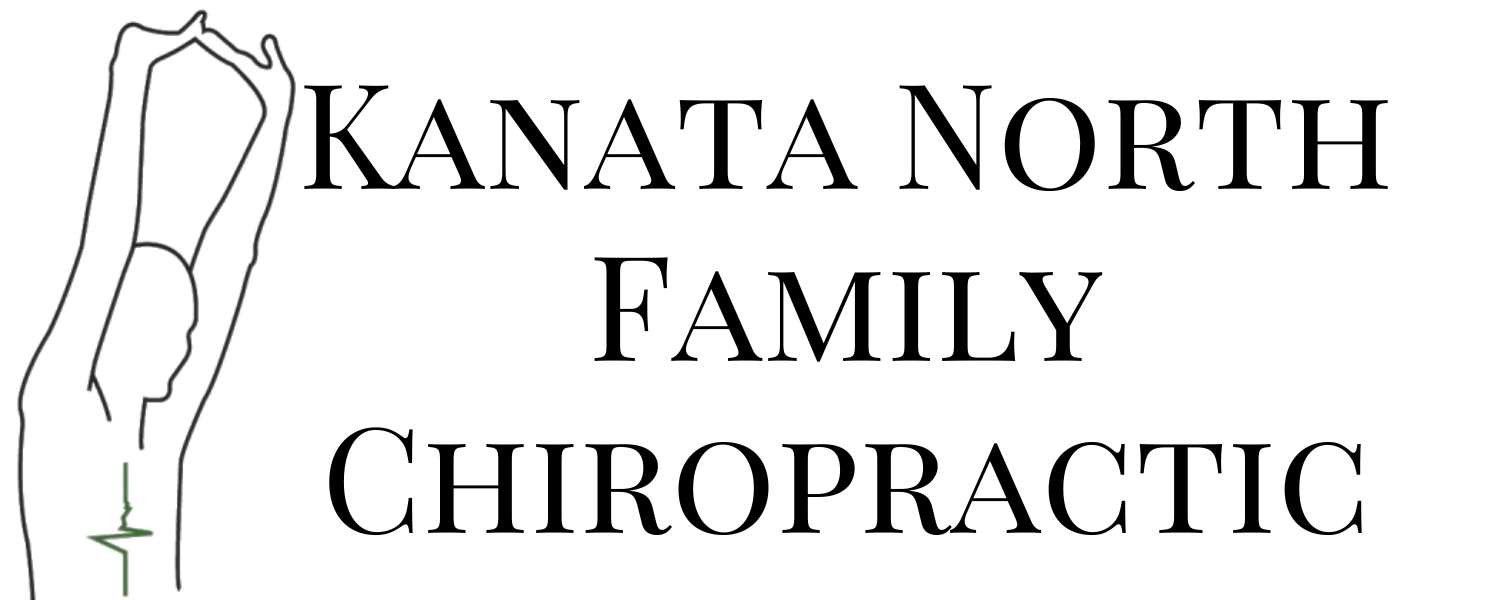Unlocking the Mystery of Headaches: A Chiropractor's Insight
Hey Amazing Headache Battlers,
Dr. Tannille Moore here on behalf of Kanata North Family Chiropractic. Feeling the headache struggle – whether it's a monthly visitor, a frequent companion, or an everyday challenge? I get it. Headaches were my daily partners for four long years, impacting my life in ways I never imagined. Today, let's dive into the world of headaches, unraveling the three common types I often encounter as a chiropractor.
Type 1: Muscle-Driven Headaches
Ever feel a squeezing pressure above your eyes, in the temple region, or at the back of your skull? Those are often the culprits – the muscles of your neck, especially the suboccipitals, trapezius, and levator scapulae. Constant tech use, that forward-leaning posture, or looking down all day stretch these muscles to their limits. Stretching, massage, and chiropractic care work wonders in taming these muscles and easing the vice-like grip.
Type 2: Joint-Related Headaches
When your neck joints don't groove as they should, neck pain may extend to your head, typically up the back of the skull. Joints don't just casually "fall out of place," but they can become restricted and irritated due to various reasons – from poor sleep positions to extended hours reading in bad posture. Chiropractic care comes to the rescue, resetting and retraining these joints for pain-free movement.
Type 3: Jaw-Generated Headaches
Bet you didn't see this one coming! The jaw, a powerhouse of constant activity, can lead to headaches when muscles or joints get cranky. Abnormal jaw opening is a telltale sign. Stand in front of a mirror, slowly open your mouth – a smoothly functioning jaw stays midline, while a problematic one strays to one side or wiggles in an unusual shape.
If any of these headache types feel like your story, it's time to reach out to a professional. Chiropractic and massage therapy offer effective, long-lasting relief for these conditions.
*Note: This article is a basic summary for educational purposes only. It is not intended, and should not be considered, as a replacement for consultation, diagnosis, or treatment by a duly licensed health practitioner.*

